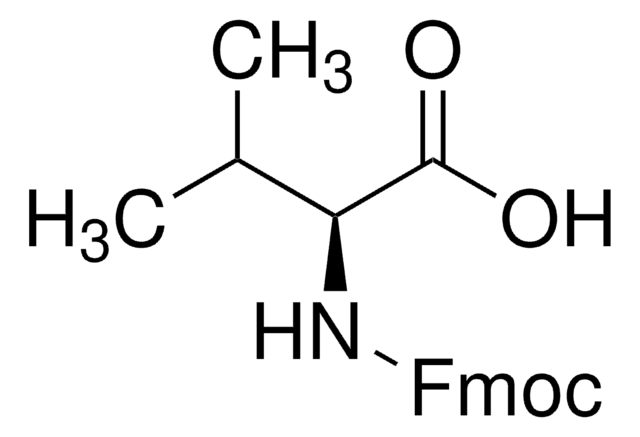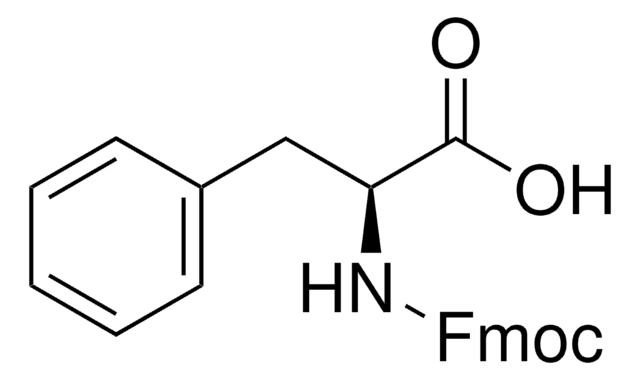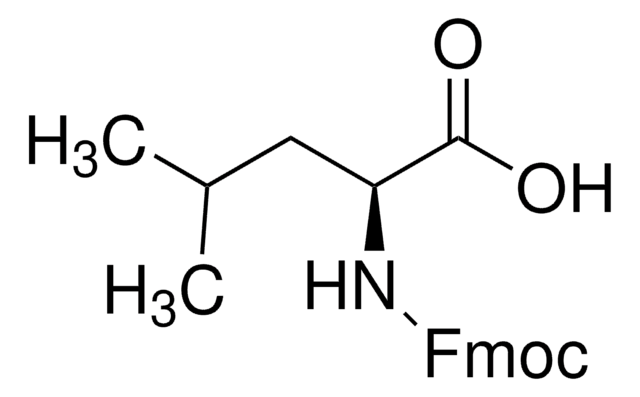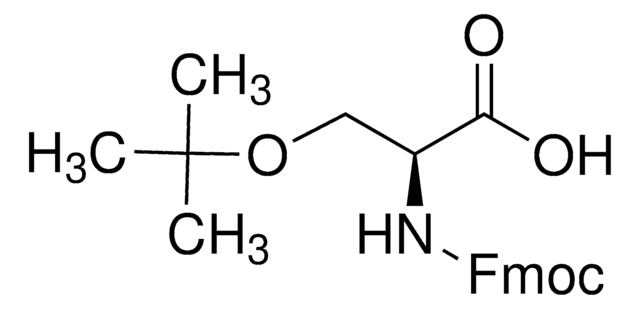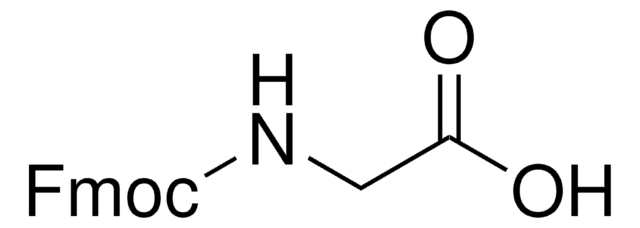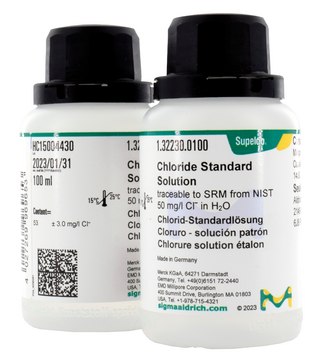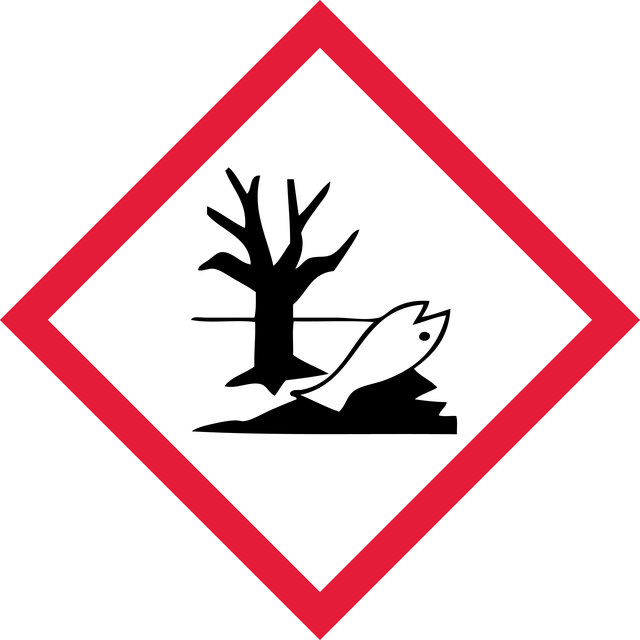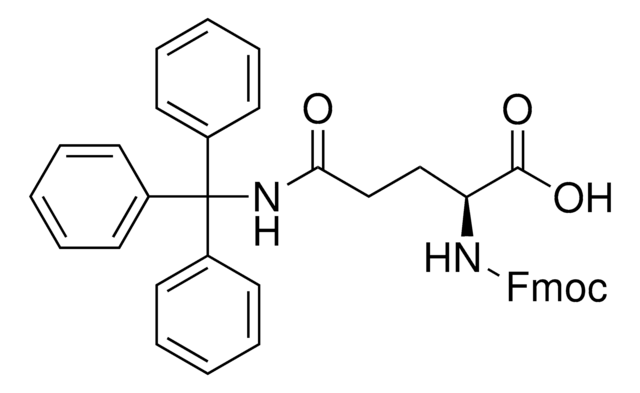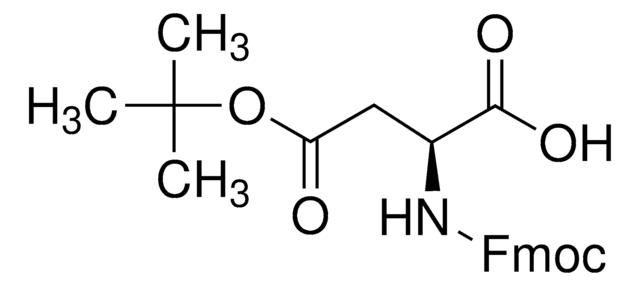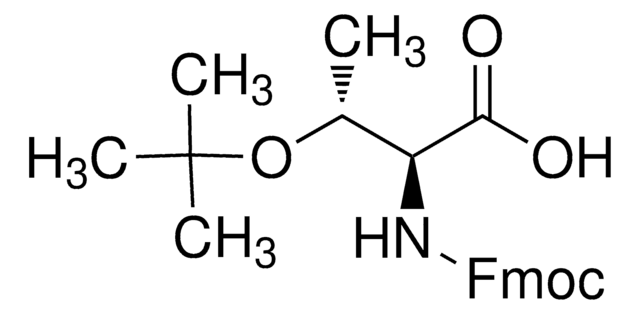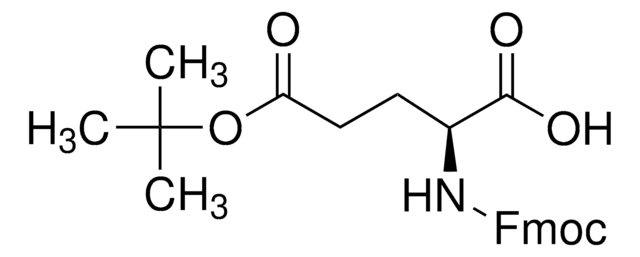317845
Nonafluoro-1-iodobutane
98%
Synonyme(s) :
1-Iodoperfluorobutane, Perfluorobutyl iodide
About This Item
Produits recommandés
Niveau de qualité
Essai
98%
Forme
liquid
Indice de réfraction
n20/D 1.3285 (lit.)
Densité
2.01 g/mL at 25 °C (lit.)
Groupe fonctionnel
fluoro
iodo
Chaîne SMILES
FC(F)(F)C(F)(F)C(F)(F)C(F)(F)I
InChI
1S/C4F9I/c5-1(6,3(9,10)11)2(7,8)4(12,13)14
Clé InChI
PGRFXXCKHGIFSV-UHFFFAOYSA-N
Vous recherchez des produits similaires ? Visite Guide de comparaison des produits
1 of 4
Cet article | 132247 | 132233 | 132234 |
|---|---|---|---|
| technique(s) photometry: suitable | technique(s) photometry: suitable | technique(s) photometry: suitable | technique(s) photometry: suitable |
| form solution | form solution | form liquid | form liquid |
| Quality Level 200 | Quality Level 200 | Quality Level 200 | Quality Level 200 |
| storage temp. 15-25°C | storage temp. 15-25°C | storage temp. 15-25°C | storage temp. 15-25°C |
| analyte chemical class(es) total organic carbon (TOC) | analyte chemical class(es) total organic carbon (TOC) | analyte chemical class(es) - | analyte chemical class(es) - |
| pH 4-6 (20 °C in H2O) | pH 4-6 (20 °C in H2O) | pH 4.7 ( in H2O) | pH 4.7 ( in H2O) |
Mentions de danger
Conseils de prudence
Classification des risques
Aquatic Chronic 2
Code de la classe de stockage
10 - Combustible liquids
Classe de danger pour l'eau (WGK)
WGK 2
Faites votre choix parmi les versions les plus récentes :
Déjà en possession de ce produit ?
Retrouvez la documentation relative aux produits que vous avez récemment achetés dans la Bibliothèque de documents.
Les clients ont également consulté
Notre équipe de scientifiques dispose d'une expérience dans tous les secteurs de la recherche, notamment en sciences de la vie, science des matériaux, synthèse chimique, chromatographie, analyse et dans de nombreux autres domaines..
Contacter notre Service technique